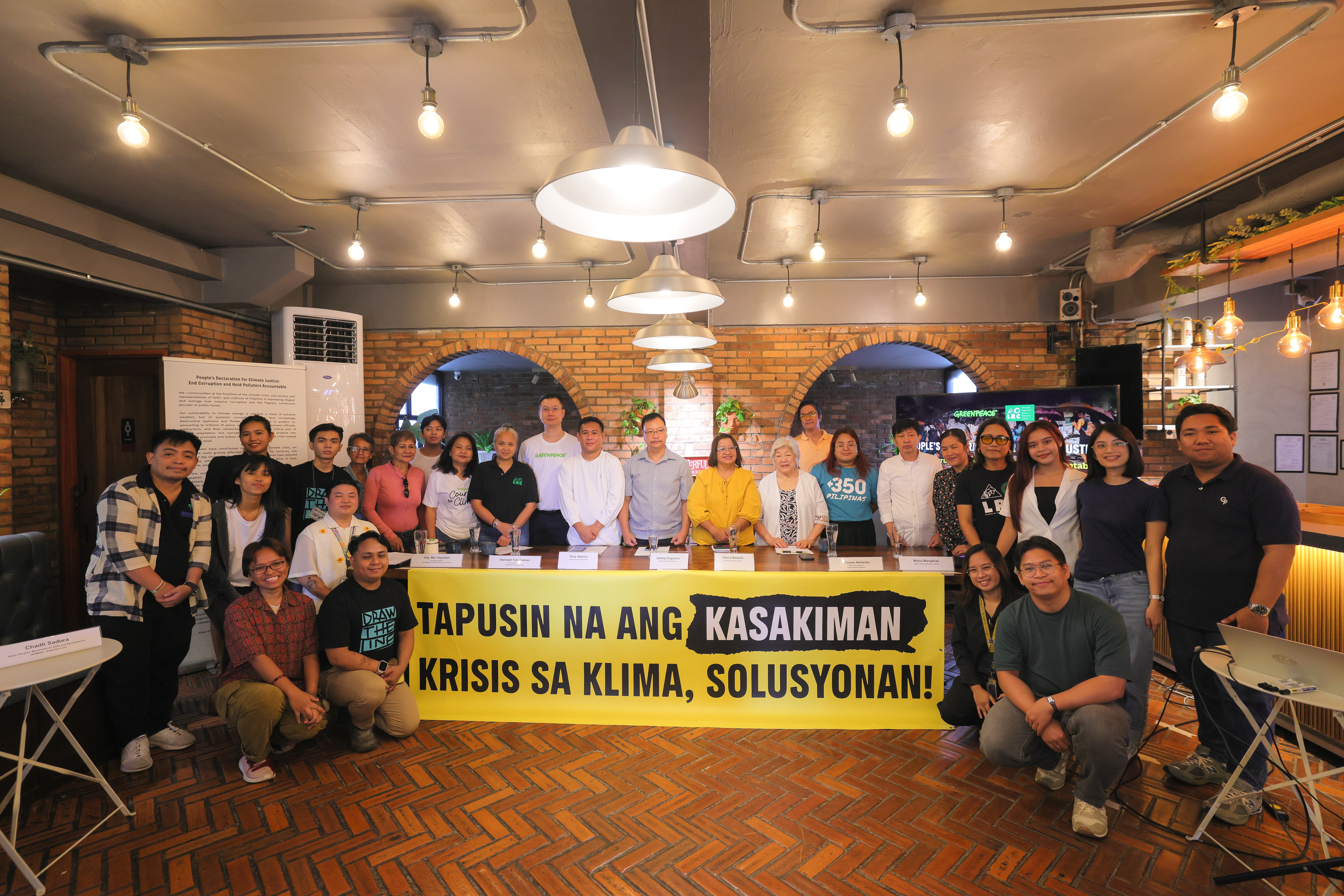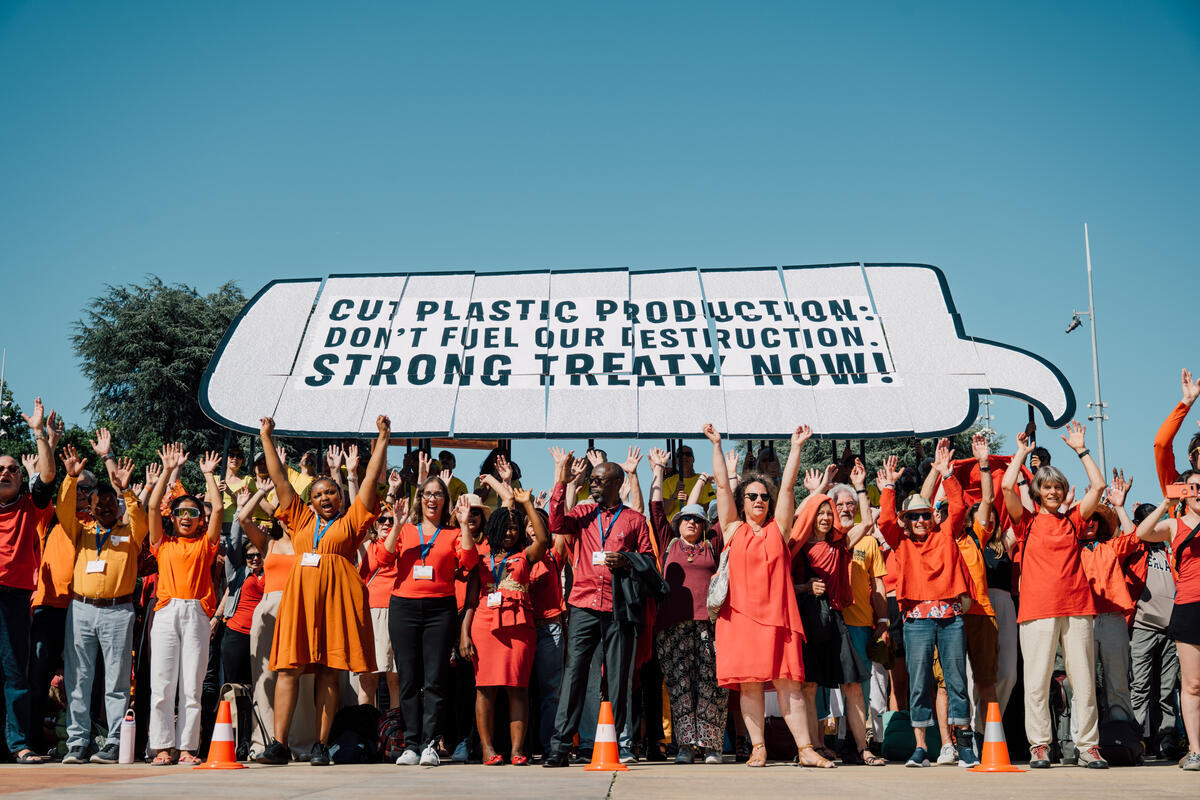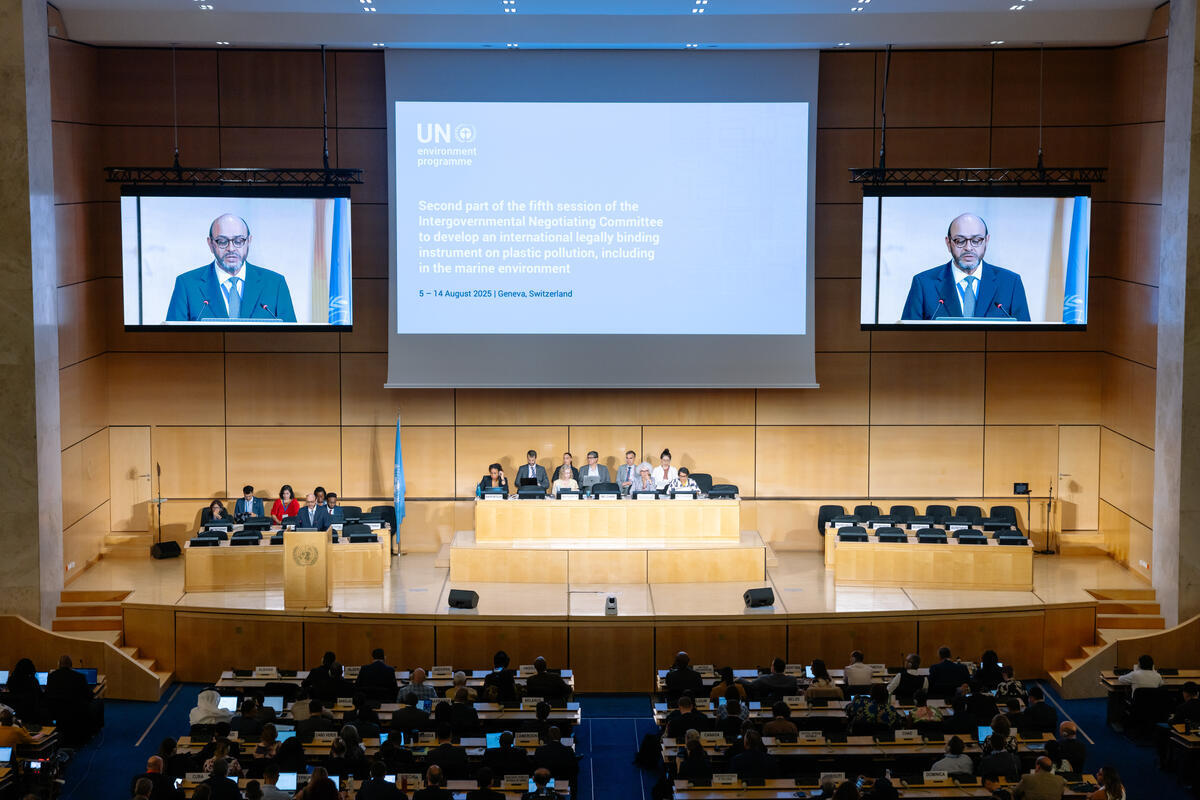February 24, 2017, Quezon City — Environmental groups in the Philippines warn that proposed plastics investment strategies disguised as “solutions” to marine plastic pollution will only be costly, ineffective and contribute further to environmental degradation while taking away from real solutions.
The groups sent their warning in response to two recent reports suggesting that a technology called gasification is a solution to eliminating low-value plastics like sachets and plastic bags, which are the most common plastic waste leaking into oceans.
The reports, “The Next Wave” by Ocean Conservancy (OC) and “A Sea of Opportunity” by Encourage Capital, used waste management models relying on Philippine waste data that highlighted the use of gasification. Gasification is a process wherein waste is subjected to high heat in a starved-oxygen environment. It is classified as a form of incineration by the European Union and the US Environmental Protection Agency. Incineration has been banned in the Philippines since 1999.
Gasification is not a new technology and has been around for more than three decades. A technology risk analysis report by GAIA called Waste Gasification and Pyrolysis: High Risk, Low Yield Processes for Waste Management found that despite this long history, gasification has failed to operate on a commercial scale to treat municipal solid waste, and that projects in the United Kingdom, Germany, Australia, United States and Canada have failed due to plants’ inability to meet projected energy generation, revenue generation and emission targets, and because of strong community resistance.
Gasification is also one of the most expensive options to treat waste. In the United Kingdom, multiple companies have gone bankrupt while attempting to construct gasification facilities.
“Plastic waste burning, especially through dirty and expensive technologies such as pyrolysis or gasification, or the so-called ‘waste-to-energy’ (WtE) technologies, is a false response to the environmental crisis caused by plastics getting into our oceans and seas. This only perpetuates the plastic and chemical industries’ business-as-usual approach and diverts us from the real problem — that there is too much plastic production and consumption,” said Froilan Grate, Executive Director of the Global Alliance for Incinerator Alternatives (GAIA) Philippines.
“Waste burning undermines communities’ efforts to intensify waste reduction and recycling programs. Since WtEs are extremely expensive to build and maintain, using them will force cities to produce more municipal waste. Instead of reducing global plastic production, WtE will encourage more production of low-value plastic products,” he added.
Greenpeace Southeast Asia also expressed concerns about recommendations, particularly in the OC report, to provide incentives such as feed-in-tariffs (FIT) for plastic waste burning.
“FIT is an incentive for clean, low-carbon technologies to harness renewable resources such as solar, wind, or hydro. Plastic is a petroleum-based product and burning plastic waste releases huge amounts of carbon dioxide and toxins into the atmosphere and environment,” said Abigail Aguilar of Greenpeace Southeast Asia. “Burning plastics for energy is like burning fossil fuels. It completely contradicts the idea of renewable energy. Under our Renewable Energy Act, plastics are not eligible for FIT,” she stressed.
In response to the reports, GAIA released a global critique (Analysis of Plastic Pollution Investment Strategies) that analyzes the waste models highlighted in the reports and found that it will cost at least USD 2 billion (over PHP100 billion) to deploy gasification technology in the Philippines at the scale suggested. Using calculations in the report, it will cost USD 20 million (PHP 1 billion) to build a 150-ton per day (tpd) facility. In contrast, the City of San Fernando in Pampanga spends only PHP 12 million every year to sustain its waste management program that diverts more than 80% of waste from landfills and supports the livelihood of at least 100 waste workers.
GAIA also estimates that it will cost the Philippines over USD 1.15 billion (approximately PHP56 billion) every year in energy rates and subsidies for the widespread use of gasification. The burden of paying this high rate will automatically be passed on to consumers who are already over-burdened with high energy rates. “The Philippines already has one of the highest power rates in Asia. It is unacceptable to make energy even costlier for Filipinos by using these technologies that are not even needed,” Aguilar stressed, adding that the Philippines has an abundant supply of clean renewable energy such as solar and wind, and as such, “we do not need unreliable technologies like gasification to meet our energy needs.”
Local pollution watchdog, EcoWaste Coalition, pointed out that burning plastic waste violates Philippine laws. “Plastic waste burning also violates the country’s environmental laws such as the Ecological Solid Waste Management Act and the Clean Air Act,” said Aileen Lucero, national coordinator of EcoWaste Coalition.
Lucero added that more and more cities in the country are strictly implementing ecological waste management strategies, such as increased waste diversion, segregation at source, recycling, and composting and are making huge impacts in communities where these strategies are strictly implemented.
“All these efforts will be lost if we push our local government units to set up burn or thermal WtE facilities. These facilities will bind them to long-term contracts, which will push them to create more waste, instead of aiming to reduce waste. Our environment and communities should not suffer in favor of non-solutions that cater to industries’ profit-driven interests,” Lucero stressed.
“Instead of supporting dysfunctional and expensive technologies like gasification, investments should be geared towards supporting effective and innovative zero waste solutions that increase livelihood opportunities for wastepickers and phase out cheap, non-recyclable plastics. Let us push for redesign of products to make them truly recyclable, and effectively cut off pollution before it begins,” Grate ended.
Complete statement of GAIA to Ocean Conservancy’s report:
http://www.no-burn.org/plastic_pollution_investment_analysis/
GAIA’s waste gasification and pyrolysis analysis:
http://www.no-burn.org/gasification-pyrolysis-risk-analysis/
Media contacts:
Abigail Aguilar, Detox Campaigner, Greenpeace Southeast Asia-Philippines
[email protected] | +63 998 589 2551
Sherma Benosa, Communication Officer
[email protected] | +63 917 815 7570




Discussion
Why don't we just reduce and ban plastic that are non-recycled and implement the gasification tech?